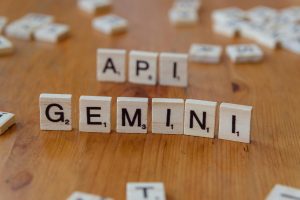Geoffrey Hinton says in the old days, AI systems would predict the next word by statistical autocomplete, but now they do so by understanding
The Evolution of AI: From Statistical Autocomplete to Deep Understanding
In the early days of artificial intelligence, systems primarily relied on statistical methods for word prediction—essentially functioning as advanced autocomplete tools. Geoffrey Hinton, a prominent figure in the field of AI, emphasizes that this approach has undergone a significant transformation. The evolution of technology has paved the way for AI models that not only predict the next word based on probability but also possess a deeper comprehension of context and meaning.
This shift marks a pivotal moment in AI development, moving beyond basic statistical correlations to a sophisticated understanding of language. Modern AI systems analyze vast amounts of data, allowing them to grasp nuances and contextual relevance in their responses. Such advancements enable them to generate text that feels more coherent and contextually appropriate, transcending the limitations of earlier models.
As we reflect on these changes, it’s fascinating to consider the implications for various applications—from chatbots and virtual assistants to creative writing and content generation. The landscape of AI is continually evolving, and with it, our expectations of what machines can achieve in terms of understanding human language. The journey from simple predictions to deep comprehension is not just a technical leap; it represents a broader shift in how we interact with technology and the potential it holds for future innovations.
This evolution invites us to ponder: What does the future hold for AI language models? As we advance further into this realm of understanding, the possibilities are bound to expand, offering exciting new avenues for creativity, communication, and beyond.














Post Comment